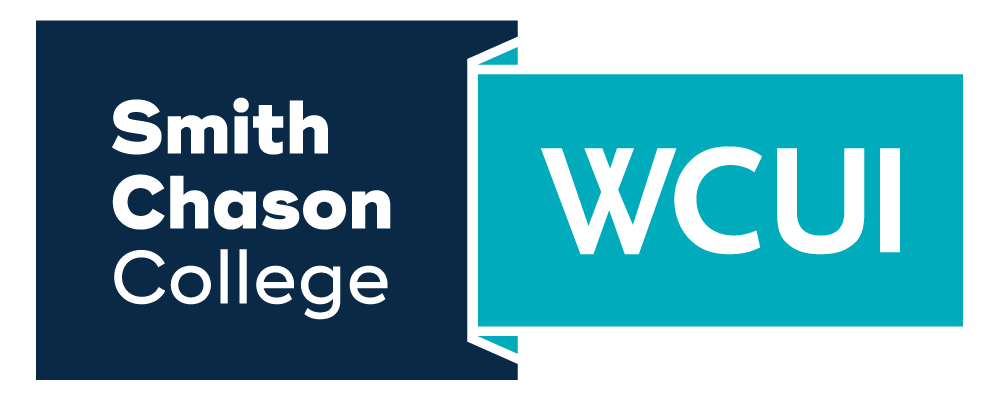Breast Cancer Diagnosis: 3 Ways Ultrasound Can Save Your Life
Breast cancer is an illness that gravely affects countless women worldwide. It is the most common cancer globally, accounting for 12.5% of new cancer cases each year. Detecting it early helps improve survival rates and treatment outcomes, which is why it’s essential to stay up-to-date with efficient technology in order to combat it. Although mammography is the most widely used screening method, ultrasound can also be a valuable diagnostic tool. In this blog post, Smith Chason College will discuss three ways ultrasound can be a lifesaver in breast cancer diagnosis.
Ultrasound and its Role in Breast Cancer Diagnosis
Importance of Early Detection
One of the heroes of early detection is ultrasound. It plays a significant role in the diagnosis of breast cancer, providing accurate characterization of breast abnormalities. As a non-invasive and painless procedure, ultrasound uses sound waves to create detailed images of the breast tissue. This imaging technique has proven to be highly sensitive in detecting breast tumors, enabling healthcare professionals to differentiate between benign and malignant lesions. A benign lesion refers to a non-cancerous growth or abnormality in the breast tissue. They are generally harmless and do not pose a health risk. On the other hand, a malignant lesion refers to the presence of cancerous cells in the breast tissue. These cells can invade nearby tissues and spread to other parts of the body, potentially causing harm and leading to the progression of breast cancer.
Ultrasound helps by identifying tumors at an early stage when treatment is most effective. Additionally, ultrasound effectively guides biopsy procedures, allowing for precise localization of the tumor. With the use of specialized ultrasound machines and the expertise of trained technicians and radiologists, ultrasound serves as an indispensable tool in a comprehensive breast cancer screening program. By combining different screening methods like mammography and ultrasound, healthcare providers can improve accuracy in detecting breast cancer and ultimately save lives.
To delve further into the wonders of ultrasounds, we’re breaking down three ways it can save your life:
1. Ultrasound as a Screening Tool for Breast Cancer
Ultrasound proves itself to be a valuable tool for breast cancer screening, especially in specific situations and patient populations. The use of ultrasound is recommended for women with dense breast tissue, as it can detect abnormalities that may be missed on a mammogram. Ultrasound is also useful for younger or pregnant women who need imaging without radiation exposure. It can help evaluate breast changes and suspicious findings detected on a mammogram. However, it’s important to note that ultrasound is not a standalone screening method. It is often used with mammography for a comprehensive evaluation. Consulting with healthcare professionals can determine the best screening approach based on individual risk factors and overall breast health.
2. Ultrasound-guided Biopsy for Accurate Diagnosis
Ultrasound-guided biopsy is a precise and minimally invasive procedure that helps obtain tissue samples for accurate diagnosis. This technique combines real-time ultrasound imaging with a biopsy needle, targeting the suspicious area within the breast with precision. Using ultrasound images, healthcare professionals locate the specific area of concern and extract a tissue sample with minimal discomfort for the patient. This reduces the risk of sampling errors and ensures the collection of an adequate tissue sample for comprehensive analysis. Accurate diagnosis through ultrasound-guided biopsy enables informed treatment decisions.
3. Ultrasound for Monitoring and Follow-up
Ultrasound’s role in detecting breast cancer does not stop at diagnosis. Regular imaging after diagnosis is invaluable to the treatment process, especially for monitoring recurrence and treatment effectiveness. In this process, ultrasound allows healthcare professionals to closely examine breast tissue and lymph nodes, detecting any changes or abnormalities that may need further investigation. This imaging technique is non-invasive and radiation-free, making it particularly useful for patients with dense breast tissue or those who have undergone breast-conserving surgery or reconstruction. Ultrasound can also identify suspicious areas or new lesions that may not be easily detectable with other imaging methods. By incorporating ultrasound into monitoring and follow-up care, healthcare providers can ensure early detection of potential recurrence and timely intervention, ultimately improving patient outcomes and quality of life.
Ultrasound is a Lifesaver!
Smith Chason College recognizes the role and power of ultrasound technology in the early detection of breast cancer. This ultrasound awareness month, we must acknowledge the overall scope and importance of ultrasound beyond its traditional use. Ultrasound technology has significantly impacted healthcare and breast cancer treatment, and we are excited about the future innovations that could help more people in need.
Want to kickstart your education in ultrasound? Check out our website for more information about our five bachelor’s and associate degree programs in ultrasound!
